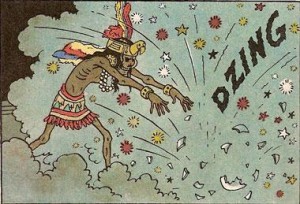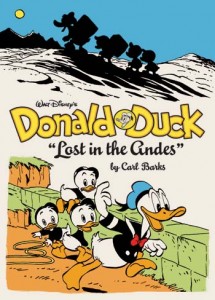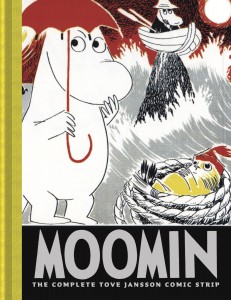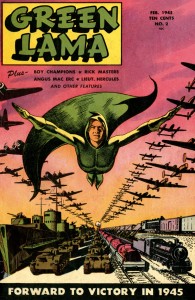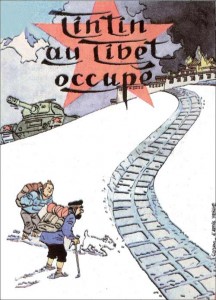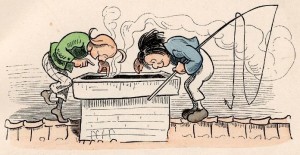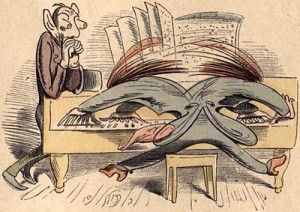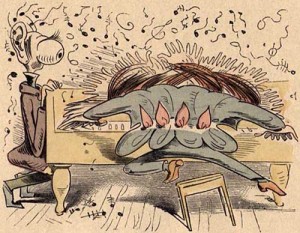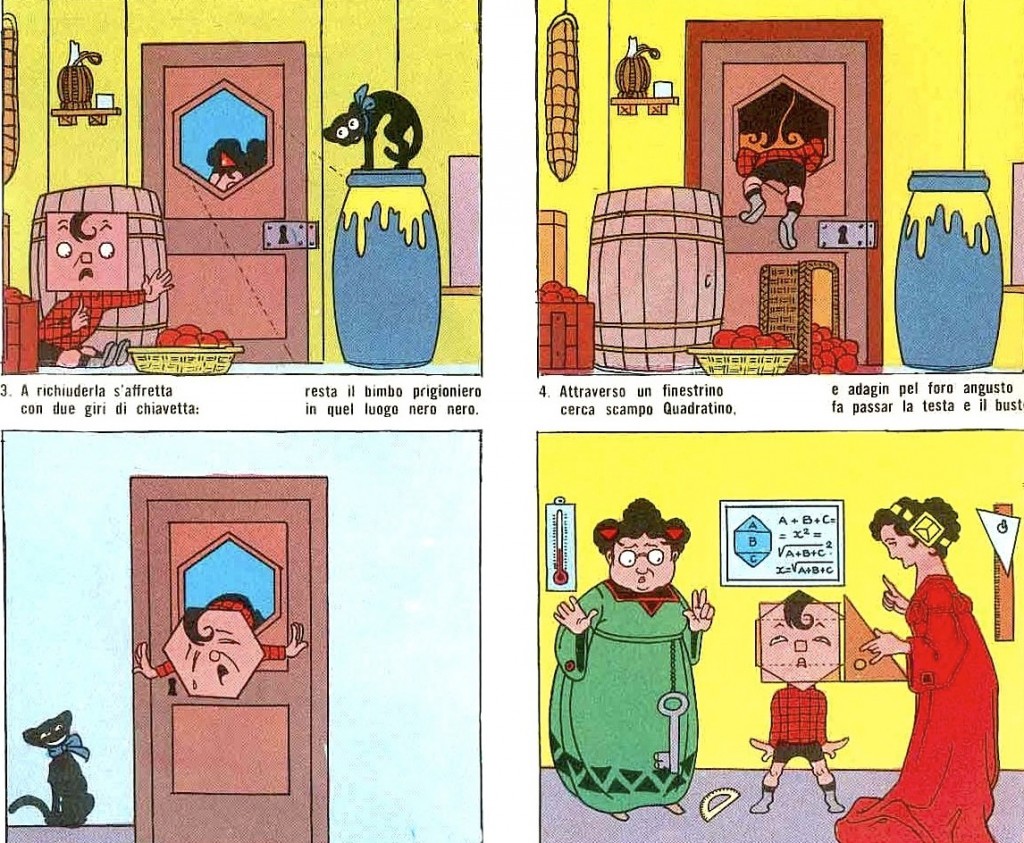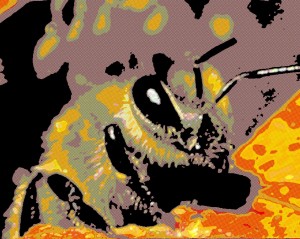
Honey bees have six (girl) powers to match any comic-book super hero. And like every super hero bees have one fatal weakness: when a bee stings you, it dies.
1. Super Flyers
Like Superman, bees are great flyers. A bee flies about 1000 km in her life. If she was human sized, that’d be like going five times around the planet. And she can carry 122 times her own weight.
2. Super Attractors
Like Magneto, honey bees use electro-magnetic forces. They have their own navigational GPS thanks to millions of magnetic crystals that sense the Earth’s magnetic field. Bees also have an electrical charge which attracts pollen.
3. Super Therms
Like Torch and Mr Freeze, bees cope with extreme temperatures. In the heat, air-conditioner bees fan their wings to cool the hive; and in the cold, bees huddle in a tight ball and shiver to keep warm.
4. Super Smarts
Like Professor X, bees are intelligent communicators. They are the only other creatures we know that use a symbolic language. The bee dance indicates direction and distance to flowers, and the quality of nectar. Bees can also tell time, measure, memorize, and solve problems.
5. Super Food
Like Wolverine, bees have healing powers. Honey is nutritious, lasts forever, and is a healer, killing bacteria and fungi. Manuka honey fights infection and heals burns. Bees use anti-bacterial propolis to keep their hives germ-free.
6. Super Transformers
Like Spiderman, bees can change their genetic structure. A queen bee is not born that way – any girl bee can become a queen. The worker bees prepare a royal baby by feeding it on royal jelly which triggers DNA change.
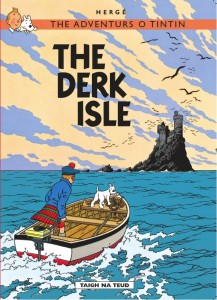 The Derk Isle is the first Tintin book to be translated into the Scots language (which is over 1000 years old and is still spoken) and it works a wee treat. Familiarity with the original, The Black Island (1938), adds to the fun but most readers will easily understand the Scots (it’s best read aloud). Among the delightful phrases: ‘dinna fash’ (don’t worry), ‘whit a scunner’ (what a nuisance), and ‘blackbelickit’ (drat). Snowy becomes Tarrie (terrier) and the Thompson twins are Nesbit and Nesbit.
The Derk Isle is the first Tintin book to be translated into the Scots language (which is over 1000 years old and is still spoken) and it works a wee treat. Familiarity with the original, The Black Island (1938), adds to the fun but most readers will easily understand the Scots (it’s best read aloud). Among the delightful phrases: ‘dinna fash’ (don’t worry), ‘whit a scunner’ (what a nuisance), and ‘blackbelickit’ (drat). Snowy becomes Tarrie (terrier) and the Thompson twins are Nesbit and Nesbit.